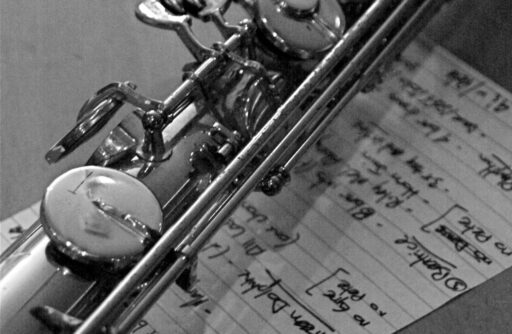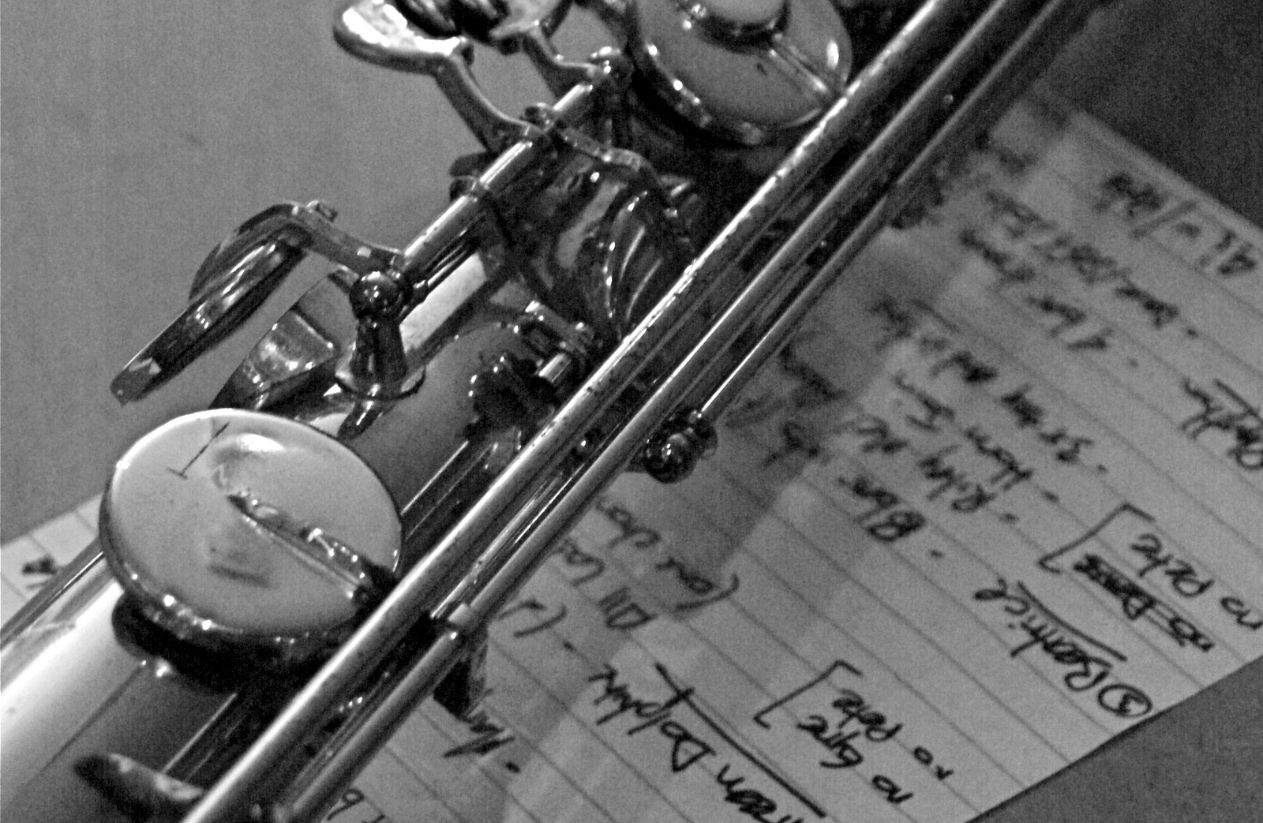I remember this dimly lit bar in Austin, sticky floors and all, where the band seemed…off. The crowd was restless, the energy flat.
Then, something shifted. The singer leaned into the mic, a knowing smile playing on his lips, and launched into a bluesy riff that perfectly matched the room’s gritty soul.
Suddenly, the place crackled. That’s the power of a tailored set list. It’s not just about playing songs; it’s about understanding the silent language of a venue, the subtle cues of an audience. It’s about recognizing that a concert hall demands a different energy than a backyard barbecue.
We often forget that music is a conversation, a back and forth. And to truly connect, you’ve got to speak the venue’s dialect. That’s why understanding how to customize your set list for the ultimate venue vibe is essential.
It’s creating an immersive experience, a moment etched in memory, not just a collection of tunes. It’s about crafting an atmosphere, a feeling, a shared breath between artist and audience.
Decoding the Venue: Understanding the Sonic Landscape

Okay, so you’ve got the gig. Awesome! But before you even think about your set list, you’ve got to get to know the room.
Think of it like meeting someone new; you wouldn’t just launch into your life story, right? You’d feel them out, see what makes them tick. Venues are the same.
It’s about understanding how to customize your set list for the ultimate venue vibe, and that starts with the room itself.
Beyond the Physical Space:
It’s not just about square footage. Size, layout, those weird little alcoves – they all play a part. A massive hall? You’re dealing with echoes, a wash of sound. A tiny club? Every note bounces off the walls.
Then there’s the whole “live” versus “dead” room thing. Live rooms, think tiled bathrooms, make everything sound bright and reverberant.
Dead rooms, like those carpeted conference spaces, soak up sound, making it feel…well, dead. Sound checking isn’t just about making sure your mic works; it’s about figuring out how your music will interact with the space.
And don’t forget equipment compatibility! You don’t want to show up with a vintage amp for a venue that only has digital inputs. Trust me, I’ve seen that train wreck.
Venue Archetypes and Their Sonic Demands:
Now, let’s talk types.
- Intimate Settings (Coffee Shops, Lounges): These are about connection. Acoustic arrangements are your friend here. Think warm, mellow tempos, songs people can talk over but still feel. A gentle fingerstyle guitar, a soft vocal. The trick is to keep it engaging without overpowering the conversation. Low volume doesn’t mean low energy, it means intentionality.
- Energetic Spaces (Bars, Clubs, Festivals): This is where you crank it up! High-energy songs, driving rhythms, a stage presence that grabs attention. But volume isn’t everything. You can’t just blast and hope for the best. It’s about a dynamic performance, where you control the peaks and valleys, so you don’t lose the quality of the music.
- Special Occasions (Weddings, Corporate Events): These are about creating a mood, fitting a theme. Think emotional resonance. Song selection is crucial; you’re setting the soundtrack to someone’s big moment. And requests? Handle them with grace. “I’ll see what I can do,” is your mantra. Professionalism is key; you’re there to enhance the event, not steal the show.
Researching the Venue’s History:
Don’t just show up blind. Do your homework. Online reviews, those candid Instagram shots, they’re goldmines. Setlist.fm? Use it.
See what other artists have played there; it’ll give you clues. And don’t be afraid to call the venue. Ask about their sound system, their typical crowd. It shows you care, and it gives you an edge.
Also Read: Maximize Your Earnings: Expert Tips for Setting Higher Rates for Your Gigs
Understanding Your Audience: The Heart of the Performance

You’ve sized up the venue, now it’s time to tune into the people. Because let’s be real, a killer set list in an empty room is just…rehearsal.
Your audience? They’re the pulse, the energy, the reason you’re up there.
Demographics and Preferences:
Think of it as detective work. Who’s in front of you? A room full of college kids? You’re probably not going to lead with a 1940s ballad. A corporate gig? Keep it polished and professional.
Age, background, musical tastes – it all matters. You can do some pre-gig sleuthing on social media, or even just by observing the crowd as they trickle in. But the real magic happens when you read the room.
You start with your planned set, sure, but you stay flexible. See what gets them moving, what makes them sing along.
That’s your gold. If they’re yawning during your indie rock set, maybe switch to something more upbeat. The ability to pivot? That’s what separates a good performance from a great one.
Creating an Emotional Journey:
Music isn’t just sound; it’s feeling. You’re not just playing songs, you’re crafting an experience. Think about the arc of your set. Do you want to start with a bang and wind down? Or build slowly to a crescendo?
Song transitions are your secret weapon here. A smooth segue can keep the energy flowing, while a sudden shift can create a powerful moment.
And let’s talk about dead air, that awkward silence between songs. It happens. But you can own it. A quick story, a joke, even a simple “How’s everyone doing?” can bridge the gap and keep the connection alive.
Interacting with the Audience:
Get them involved! Sing-alongs, call-and-response, a little banter – it breaks down the barrier between stage and crowd. Requests? Handle them with grace.
Even if you don’t know the song, you can say, “I’ll add that to the list for next time!” The goal is to make them feel included, like they’re part of the show.
That’s how you build a connection that goes beyond the music. It’s about creating a shared experience, a moment where everyone feels like they’re in it together.
The Art of Customization: Practical Strategies and Techniques

This is where the rubber meets the road. You’ve got the venue, you’ve got the audience, now it’s about pulling it all together. It’s about understanding how to customize your set list for the ultimate venue vibe.
Building a Versatile Set List:
Think of your set list like a well-stocked toolbox. You want a mix of reliable favorites and a few surprises to keep things interesting. Start with your strongest material, the songs that always get a reaction. But don’t be afraid to throw in a curveball, a deep cut, or a cover that fits the vibe. And medleys? They’re gold.
You can weave together familiar tunes in unexpected ways, keeping the energy high and the audience engaged.
Building a professional set list is about flow, pacing, and knowing when to hold back and when to unleash. You want to take them on a journey, not just blast them with noise.
Adapting on the Fly: The Power of Improvisation:
Even the best-laid plans can go awry. That’s where your ability to improvise comes in. You’ve got to be able to read the room, to feel the energy, and adjust your set list in real-time.
If the crowd is sluggish, skip that slow ballad and go for something upbeat. If they’re singing along to every word, throw in an encore.
And technical glitches? They happen. The key is to handle them with grace. A quick joke, an impromptu acoustic version, anything to keep the show going. And don’t be afraid to ask for feedback. “What do you guys want to hear?” can be a powerful tool. Use that feedback to refine your set, to make it even more tailored to your audience.
Technical Considerations:
Sound checks are your friend. They’re not just about making sure your mic works; they’re about understanding how your music interacts with the room. Equipment compatibility is crucial. You don’t want to show up with a vintage amp for a venue that only has digital inputs. And venue acoustics? They can make or break a performance. A room with lots of reverb might call for a more stripped-down arrangement, while a dead room might need more energy to fill the space. And again, feedback.
Listen to what the sound engineer says, listen to what the audience says. It’s all valuable information that can help you dial in your sound and create the perfect vibe.
Conclusion: Leaving a Lasting Impression
So, we’ve journeyed through the ins and outs of venue vibes, audience dynamics, and the art of set list customization. Remember, it’s not just about playing songs. It’s about creating an experience. It’s about understanding how to customize your set list for the ultimate venue vibe.
Take the time to really listen to the room, to feel the pulse of the crowd. Experiment! Try new transitions, throw in unexpected covers, and don’t be afraid to adjust on the fly. Your unique approach to this will be the thing that sets you apart.
Crafting the perfect set list is an ongoing evolution, a constant dialogue between you, your music, and the people who came to listen. So go out there, embrace the challenge, and elevate your performances.
Let your music resonate, let the energy flow, and leave a lasting impression that echoes long after the last note fades.
You can also read our article about “Essential Tips for Aspiring Mobile DJs: A Beginner’s Guide”
VII. FAQ Section:
What if I’m playing a venue I’ve never been to before, and I don’t have much information?
That’s a common one! Start by building a versatile set list. Think of it as a musical Swiss Army knife. Include a mix of tempos, genres, and energy levels. Arrive early for sound check, and use that time to get a feel for the room. Don’t be afraid to ask the venue staff for insights on their typical crowd. And most importantly, stay flexible. Be ready to adjust your set on the fly based on the audience’s reaction.
How do I handle song requests that don’t fit the vibe or that I don’t know?
Diplomacy is key. You can say something like, “That’s a great song! I’ll definitely add it to my list for future shows.” Or, if it’s a song you kind of know, you can say, “I’m not super familiar with that one, but I can give it a try later in the set.” If it really clashes with the vibe, you can politely explain that you’re trying to maintain a certain atmosphere for the evening.
What do I do when I experience technical difficulties during a performance?
Take a deep breath! It happens to everyone. Have a backup plan. If your guitar amp goes out, can you switch to an acoustic version? If your laptop crashes, do you have a playlist on your phone? Engage the audience while you’re troubleshooting. A little humor or a quick story can keep them entertained. And if all else fails, take a short break, and use the time to reset.
How do I build a set list that flows well and keeps the audience engaged?
Think about the arc of your performance. Start strong with a song that grabs attention. Then, vary the tempo and energy throughout the set. Use smooth transitions between songs to keep the momentum going. And don’t be afraid to experiment with medleys or mashups to create something unique.
How do I deal with dead air between songs?
Embrace it! A moment of silence can be powerful. But if it feels awkward, fill it with a quick story, a joke, or a question for the audience. “How’s everyone doing tonight?” goes a long way. Or, you can use the time to tune your instrument or adjust your mic, while engaging with your audience.
How do I handle feedback, especially if it’s negative?
Listen carefully. Even negative feedback can be valuable. Try to understand the person’s perspective, and look for patterns. If multiple people are saying the same thing, there might be something you can improve. And remember, not everyone is going to love






